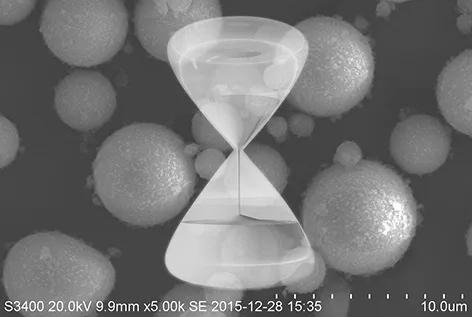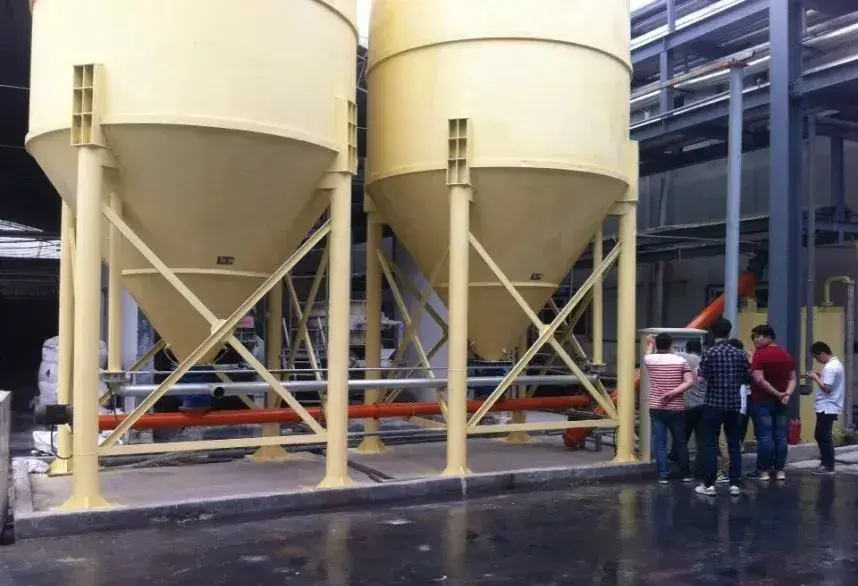Calcium carbonate is an important and widely used chemical raw material. It is widely applied as a reinforcing agent and filler in industries like rubber, papermaking, inks, coatings, plastics, food, and cosmetics. Based on the production methods, it can be divided into light calcium carbonate, heavy calcium carbonate, and nano-calcium carbonate. Calcium Carbonate Modification is essential to improve its performance and adapt it to various industrial applications.
Light calcium carbonate, also known as precipitated calcium carbonate, is made using chemical processing methods. Heavy calcium carbonate, also known as ground calcium carbonate, is produced by mechanically crushing natural limestone, calcite, and chalk. There are differences in particle size and surface characteristics between heavy and light calcium carbonate, leading to performance variations. Nano-calcium carbonate refers to calcium carbonate products with particle sizes ranging from 1 to 100 nm, including ultrafine and super-ultrafine products.
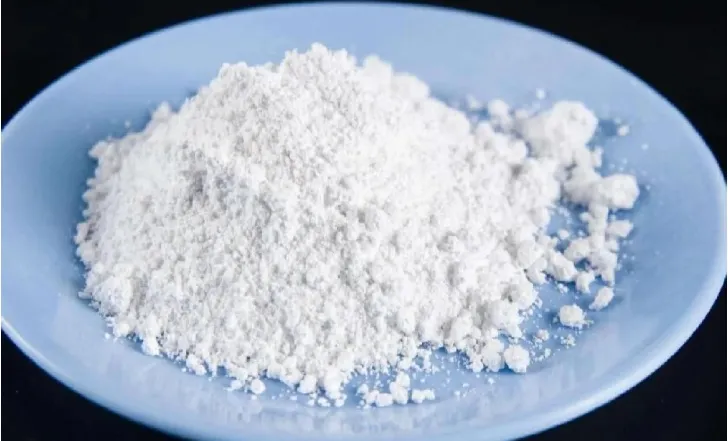
Why is modification necessary?
Surface modification is essential to enhance calcium carbonate’s application performance, improve applicability, and expand market usage. In the future, functionalization and specialization will be the main trends in calcium carbonate development. Modification can reduce the oil absorption value of calcium carbonate and improve its dispersibility to prevent aggregation. It also enhances calcium carbonate’s compatibility with organic matrices and increases product value. This is beneficial for expanding high-end application markets. The demand for various surface-modified, specialized calcium carbonate products will continue to grow.
Summary of modification methods
Modification method of heavy calcium carbonate
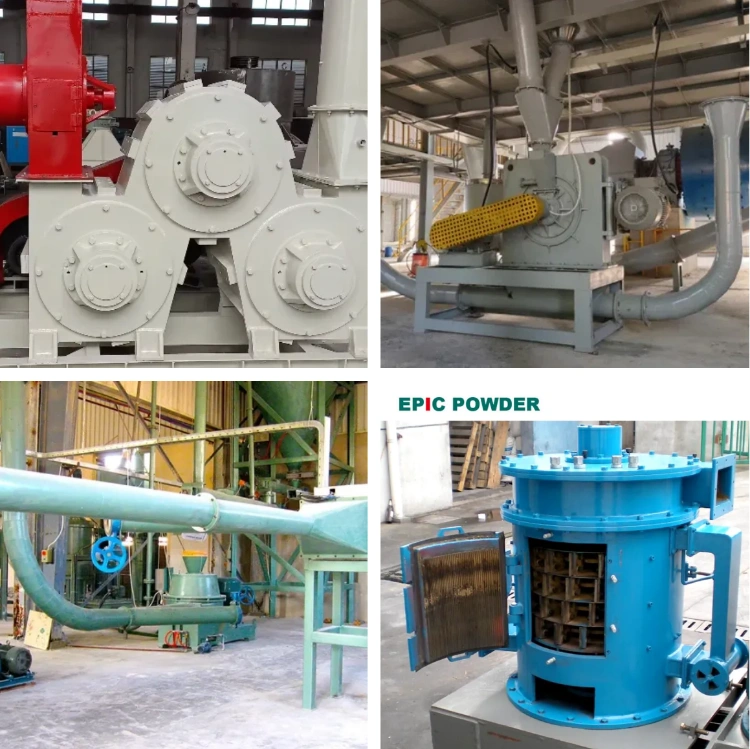
Physical Coating Modification:
Physical coating modification involves mixing the modifier with heavy calcium carbonate in a certain ratio. Under the action of dispersing forces, the modifier is adsorbed onto the surface of heavy calcium carbonate through physical forces, such as van der Waals forces or electrostatic attraction. This process forms a single-layer, double-layer, or multi-layer coating on the surface.
Surface Chemical Modification:
Surface chemical modification refers to the process where modifiers react chemically or chemically adsorb onto the active sites on the surface of heavy calcium carbonate particles. The functional groups in the modifier molecules interact with the surface of the calcium carbonate. This results in the modifier coating the surface of the heavy calcium carbonate, enhancing the compatibility and dispersibility between the heavy calcium carbonate and the organic matrix. As a result, it improves the processing performance and physical-mechanical properties of the composite materials.
Mechanical Force Chemical Modification:
Mechanical force chemical modification involves using mechanical methods such as grinding and friction to cause displacement in the lattice of heavy calcium carbonate particles, resulting in changes in crystal structure. At the same time, the temperature of the system increases, and internal energy grows.
In the industrial production of heavy calcium carbonate, grinding and surface modification are typically carried out separately. However, if modifiers are added during the grinding process, it not only enhances the surface modification effect using the mechanical force of grinding but also prevents aggregation caused by overly fine calcium carbonate particles.
Surface Deposition Modification:
Surface deposition modification involves using appropriate methods to precipitate the modifier onto the surface of heavy calcium carbonate. It is one of the most commonly used methods for surface modification of inorganic mineral pigments.
This method is suitable for industrial production with a simple process flow. By controlling reaction conditions, suitable particle sizes and purity can be achieved.
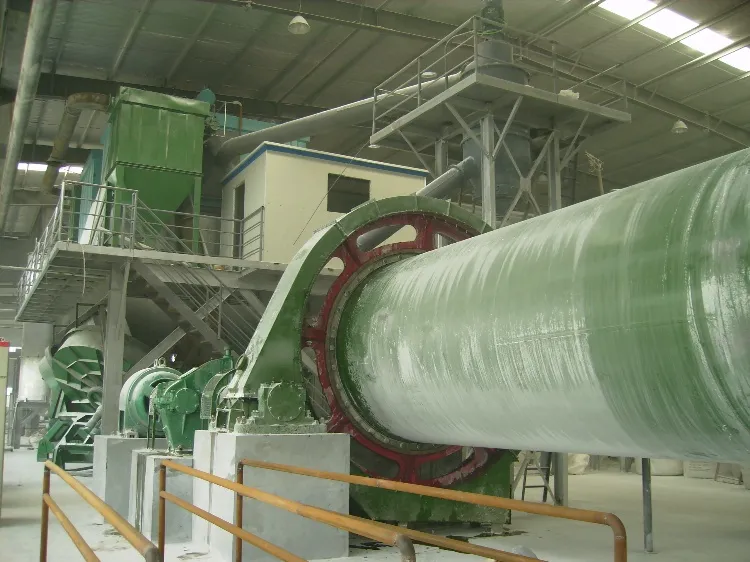
Light calcium carbonate modification method
Fatty Acid (Salt) Modification:
Stearic acid (salt) is the most commonly used surface modifier for calcium carbonate. The modification process can be done via dry or wet methods, with the wet method requiring stearic acid salts like sodium stearate.
Besides stearic acid (salt), other fatty acids (esters), such as phosphates and sulfonates, can also be used.
Research shows that modifying calcium carbonate with a special polymeric phosphate ester (ADDP) makes the surface hydrophobic and oleophilic. This reduces the average aggregation particle size in oil.
Modified calcium carbonate treated with fatty acids (salt) is mainly used in filling PVC plastics, cable materials, adhesives, inks, and coatings.
Coupling Agent Modification:
Coupling agents are amphiphilic compounds that chemically bond with the hydroxyl groups on the surface of calcium carbonate. The polar groups of the coupling agent react with the functional groups on the calcium carbonate particles, forming stable chemical bonds. The other end of the coupling agent can react chemically or physically entangle with organic polymers, tightly bonding two materials with different polarities. This results in good compatibility and enhances the physical and mechanical properties of the composite materials.
Coupling agents can be classified into silanes, titanates, aluminates, titanate-aluminate, zirconium aluminates, and complexes based on their structure.
Polymer Modification:
Polymer surface modification of calcium carbonate can improve its stability in organic or inorganic phases (systems). These polymers include oligomers, macromolecules, and water-soluble polymers such as polymethyl methacrylate (PMMA), polyethylene glycol, polyvinyl alcohol, poly(maleic acid), polyacrylic acid, alkoxy styrene-styrene sulfonic acid copolymer, polypropylene, polyethylene, and others.
Plasma and Radiation Modification:
Using an inductively coupled plasma discharge system with argon (Ar) and high-purity propylene (C3H6) mixed gas as the plasma treatment gas, low-temperature plasma modification of heavy calcium carbonate (1250 mesh) powder was carried out. The results showed that the calcium carbonate filler treated with Ar-C3H6 mixed gas exhibited better interfacial adhesion with polypropylene (PP).
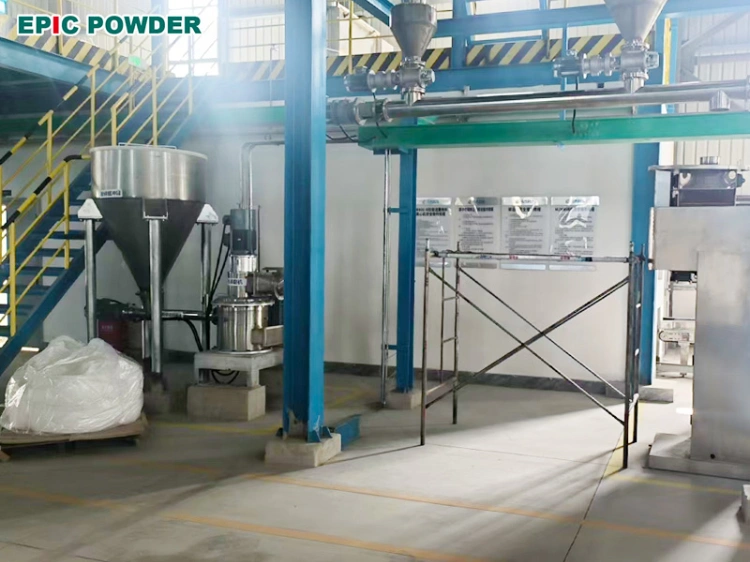
Nano calcium carbonate modification method
Localized Chemical Reaction Modification:
Localized chemical reaction modification involves adding a treatment agent (such as a coupling agent, organic or inorganic substances). The functional groups on the surface of nano-calcium carbonate react with the treatment agent to achieve modification. This method is the most widely used for surface modification of nano-calcium carbonate.
There are two main processes: dry and wet methods. In the dry method, nano-calcium carbonate powder and surface modifier are added sequentially to the modifier. This method is suitable for surface modification using coupling agents.
Surface Coating Modification:
Surface coating modification is a method where nano-calcium carbonate particles are connected with the coating material through van der Waals forces or physical methods. A surface modifier or superdispersant is added to the preparation solution of nano-calcium carbonate. During the production of nano-calcium carbonate, the surface modifier coats the surface of the calcium carbonate, resulting in the final product existing as uniform particles.
Masterbatch Filler Modification:
Masterbatch filler is a new type of filler, made by mixing a certain proportion of resin masterbatch, calcium carbonate, and surfactants. This process modifies the surface of calcium carbonate while producing the masterbatch filler. Common types of masterbatch fillers include polyethylene wax calcium carbonate masterbatch, irregular polypropylene calcium carbonate masterbatch (APP masterbatch), and resin calcium carbonate masterbatch fillers.
High-Performance Surface Modification:
This method uses plasma or high-energy radiation (such as X-rays or γ-rays) for modification. Plasma surface modification of CaCO3 powder mainly uses plasma polymerization technology. First, the monomers are activated to generate gas-phase free radicals.
These radicals adsorb onto the solid surface, becoming surface free radicals. They then undergo polymerization with plasma or gas-phase monomers. This forms a polymer film on the surface of calcium carbonate, achieving modification.
conclusion
In summary, surface modification is a crucial method for improving the application performance, expanding usability, and increasing market demand for calcium carbonate. After surface modification, calcium carbonate transitions from a traditional filler to a multifunctional modifier, offering broader applications and greater popularity.
In the future, functionalization and specialization will become the main trends in the development of calcium carbonate. The product structure will also undergo significant changes. High-end products like nano-calcium carbonate, ultrafine calcium carbonate, medical-grade and food-grade calcium carbonate, and various surface-modified specialty calcium carbonates (e.g., for natural rubber, synthetic rubber, coatings, PVC/PP/ABS plastics) will see increasing market demand. The quality of these high-value calcium carbonate products will undoubtedly be key to the survival and development of businesses.
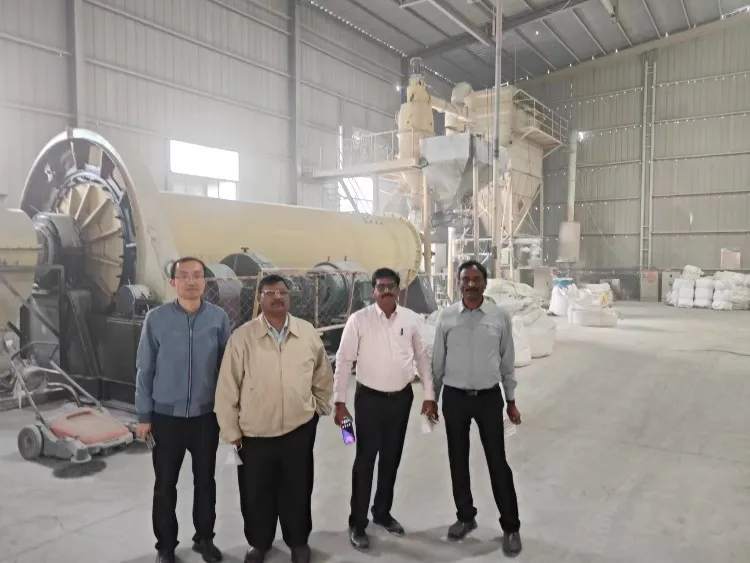
epic powder
Epic Powder, 20+ years of work experience in the ultrafine powder industry. Actively promote the future development of ultra-fine powder, focusing on crushing,grinding,classifying and modification process of ultra-fine powder. Contact us for a free consultation and customized solutions! Our expert team is dedicated to providing high-quality products and services to maximize the value of your powder processing. Epic Powder—Your Trusted Powder Processing Expert !
